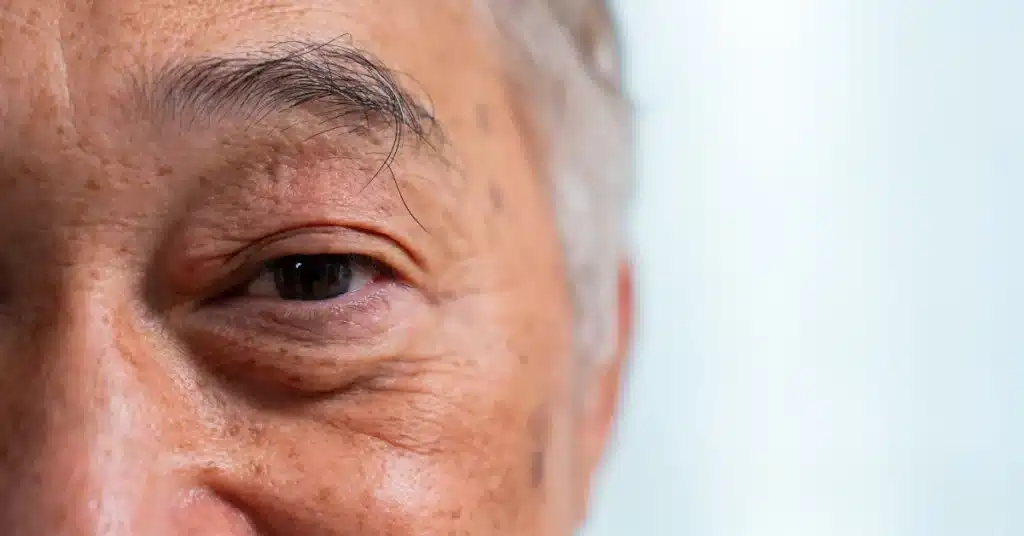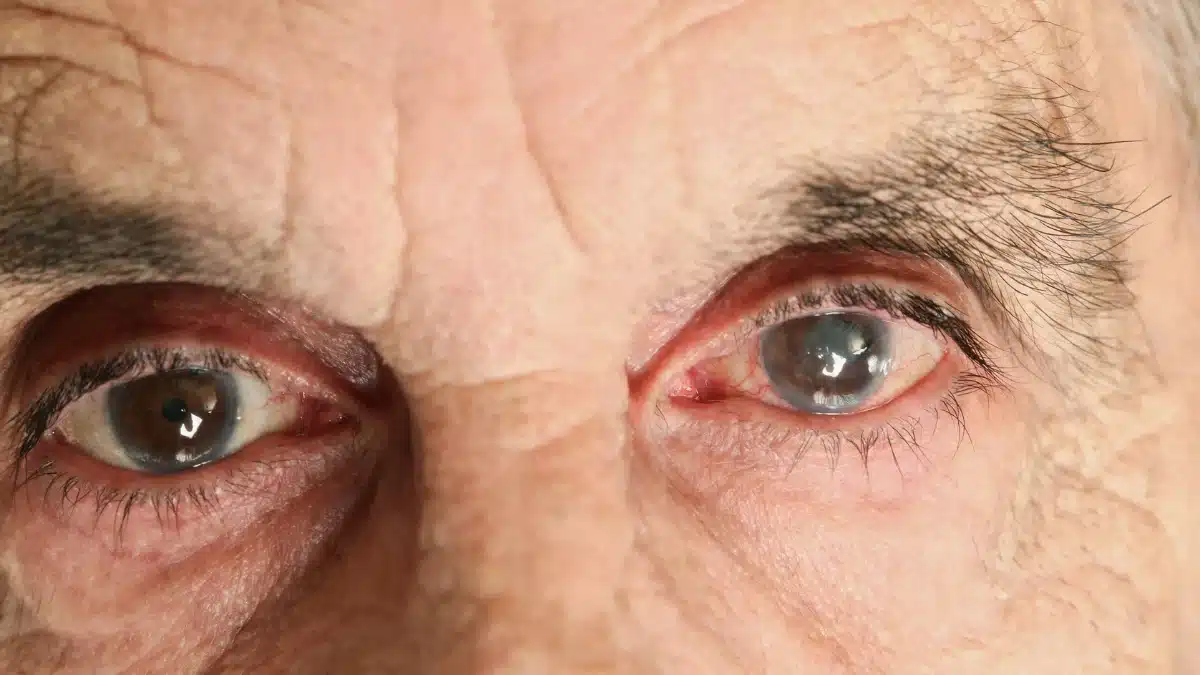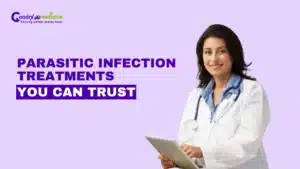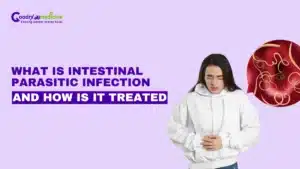A Cataract is a condition where the eye’s natural lens becomes cloudy and it can occur as you age.
It is one of the leading causes of blindness and visual impairment worldwide.
Cloudy formations in the eye’s natural lens can impair vision, making everyday tasks more difficult.
Cataract treatment typically involves a surgical procedure to replace the cloudy lens with an artificial
one.
We will discuss Cataract treatments in detail so that you may make more informed medical choices.
Diagnosing Cataracts
Early and proper diagnosis is essential for proper effective management of Cataracts.
Comprehensive eye exams, which include visual acuity tests and slit-lamp examinations, are essential for detecting Cataracts.
Advanced techniques, like optical coherence tomography (OCT), offer a close look at the inside of the eye.
Regular eye examinations are essential for timely diagnosis and maintaining eye health.
Understanding Cataract treatment
 Source: pixelshots
Source: pixelshotsCataracts happen as you age when the eye’s lens becomes cloudy, causing blurry vision.
Traditional Cataract treatments include Cataract surgery.
Cataract surgery includes removing the clouded natural lens and replacing it with an artificial intraocular lens (IOL) to restore clear vision.
These lenses restore clear vision and address other visual conditions like Astigmatism and Presbyopia.
Cataract surgery has an outstanding success rate, with most patients having significant visual improvement.
Diagnosing the condition promptly and providing effective treatment for proper management is crucial.
Concerned about Cataracts and blindness? Read Can a Cataract Cause Blindness: Understanding the Connection for valuable insights.
Advanced treatment for Cataracts
Laser-assisted Cataract surgery has been developed as an advanced treatment for Cataracts.
It uses lasers for accurate incisions and Cataract fragmentation, lowering the risk of problems and potentially resulting in quicker recovery.
These advanced treatments are highly effective in fixing visual clarity for those with Cataracts.
While Cataract treatment is common and generally safe, all surgeries have some risks.
Always consult with your doctor to determine the best course of action for your specific situation.
Cataract treatment without surgery
 Source: marilyna
Source: marilynaThere are no non-surgical ways to remove Cataracts from the eye.
However, non-surgical alternatives and lifestyle modifications may help slow Cataract progression.
Some lifestyle changes include wearing sunglasses to guard against UV radiation, eating a healthy, antioxidant-rich diet, and quitting smoking.
A diet rich in antioxidants and specific nutrients is critical for maintaining eye health.
Cataracts frequently cause inflammation, which can be managed with anti-inflammatory eye medications.
Non-surgical techniques cannot reverse existing Cataracts but can slow their progression and improve eye health.
It is important to consult an eye doctor for personalized advice based on individual circumstances.
Summing up
Cataracts are known as the leading cause of blindness and visual impairment globally.
Regular eye examinations are essential for early and prompt diagnosis of Cataracts.
Traditional cataract surgery involves the replacement of the clouded lens with an artificial one, restoring clear vision.
Traditional Cataract surgery, involving the replacement of the clouded lens with an artificial one.
Laser-assisted techniques are also emerging as advanced alternatives.
While surgical interventions are standard, non-surgical approaches and lifestyle adjustments can help slow Cataract progression.
Consultation with an eye care specialist is key for personalized advice and optimal outcomes.
Frequently Asked Questions
Can you cure Cataracts without surgery?
Surgery is known as the most effective treatment for Cataracts.
While lifestyle changes and prescription glasses may help manage symptoms temporarily, they cannot cure Cataracts.
Consult with an eye doctor for personalized advice.
At what age should Cataracts be removed?
The decision to remove Cataracts depends on their impact on daily life.
While age is a factor, it’s crucial to consider how Cataracts affect vision and overall well-being.
Can lifestyle changes prevent Cataracts?
While lifestyle changes can delay the onset of Cataracts, they may not entirely prevent them.
Eating a healthy diet, protecting your eyes from UV rays, and avoiding smoking can contribute to overall eye health, potentially reducing the risk of Cataracts.
What is the success rate of Cataract surgery?
Cataract surgery usually has a high success rate, with over 95% of patients experiencing improved vision.
The procedure involves removing and replacing the cloudy lens with an artificial lens, leading to clearer vision.
Can Cataracts come back after surgery?
Cataracts do not return after Cataract surgery because the clouded natural lens is removed.
However, some patients may develop a secondary condition called Posterior Capsule Opacification (PCO), which can be treated with simple laser surgery.
When referencing outside resources, GoodrxMedicine always provides full citations. To learn more about the measures we use to maintain the quality of our content, please review our Content Information Policy.











